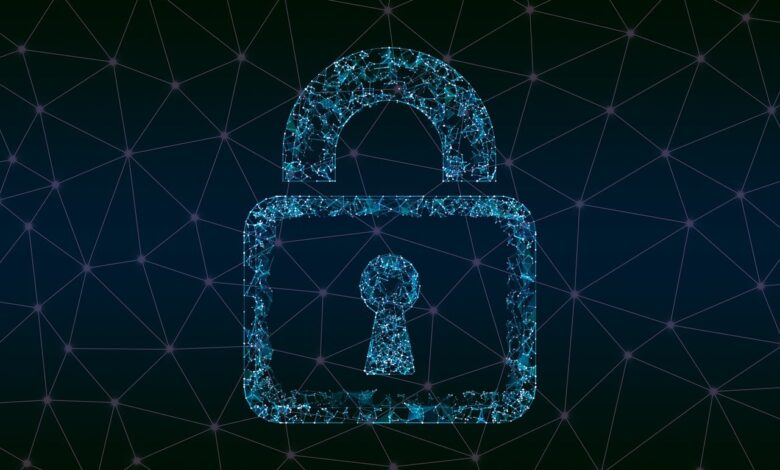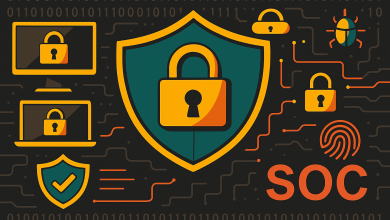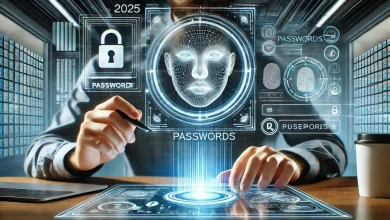
From ransomware to AI-driven phishing, the range and sophistication of potential cyber-attacks has expanded significantly in recent years. While larger organisations may offer cybercriminals greater rewards, SMBs must not consider themselves under the radar.
No organisation is too small to be a target, and there are ways that SMBs can protect themselves from evolving threats that don’t require upheavals of processes and technology, from enforcing basic security controls to employee training and awareness.
The current threat landscape
As the digital landscape evolves, SMBs need to stay alert to an expanding range of cybersecurity threats. Among the most common threats today are ransomware attacks, where cybercriminals hold data hostage until a ransom is paid, often targeting SMBs because they are perceived as having weaker security defences. Despite 94% of SMBs considering cybersecurity critical to their business and 1 in 3 having experienced a cyberattack, a recent report revealed some problematic mindsets that could put companies at risk, such as believing an organisation is ‘too small to be targeted by hackers’.
Aside from the usual issues of operational disruption and reputational damage that all organisations suffer from cyberattacks, financial loss is perhaps the most significant for SMBs, as they are often more exposed to mission critical cashflow issues. Security fatigue is also a rising issue as new security measures are brought in to combat the rising threats from AI-powered attacks.
Pairing with security fatigue is the rise of shadow IT, particularly shadow AI, as employees adopt unsanctioned tools to maintain or improve efficiency across their workflows. A common example is the use of generative AI tools that employees might have used to great effect before security policies were introduced that prohibited them. With these tools lacking proper security measures, organisations are exposed to potential threats, as employees could inadvertently leak sensitive data by including it in a prompt for a chatbot.
It is not uncommon for employees to lack awareness of new threats—but this can sometimes be down to poor communication around new security policies. To attune to the new threat landscape, it’s crucial to implement and communicate security controls and policies and educate employees about the potential risks of not following company procedures.
The role of AI in driving cybersecurity threats
Generative AI and machine learning are becoming central to modern cybersecurity threats, with cybercriminals using these tools to make their attacks more sophisticated and harder to detect. One of the key risks is AI-driven social engineering, where malicious actors can create highly realistic phishing emails and deepfakes, making it increasingly difficult for employees to differentiate between legitimate communications and harmful ones.
To protect against AI-driven threats, businesses should consider implementing Identity and Access Management solutions (IAM) particularly those that incorporate biometric verification. By integrating these systems, businesses can reduce the number of people who have access to certain accounts or information that could then be used for the purposes of infiltration.
The key takeaway here is that AI-driven threats necessitate a rethinking of traditional security strategies. To effectively mitigate these risks, businesses must establish clear policies, adopt strong identity management practices, and provide comprehensive training for their employees.
Assessing supply chain risks
A growing area of concern for SMBs today is supply chain security. As businesses become increasingly reliant on third-party suppliers, attacks targeting these external partners can have an impact on their own operations. For example, a data breach at a supplier can expose sensitive information, leading to potential financial losses or operational disruptions that affect the entire supply chain.
In response to these growing risks, more and more organisations are requiring their suppliers to meet certain cybersecurity standards. Compliance with recognised frameworks like Cyber Essentials or ISO 27001 is becoming the baseline for security. When these standards are not met, businesses are undoubtedly exposed to increased vulnerabilities.
If a key supplier goes offline due to a breach, it can halt critical services, disrupt business operations and impact customer trust. To protect themselves, SMBs should be thinking about their supply chain due diligence when it comes to cybersecurity, which must of course include an assessment of AI-related risk. This involves ensuring that all suppliers and partners are compliant with cybersecurity standards and have policies in place that address the widening threat landscape due to advanced, AI-powered attacks. By making sure that suppliers align with their own standards, organisations can minimise the risk of a breach.
Best practices to strengthen cybersecurity
Enhancing cybersecurity requires enforcing essential measures, including multi-factor authentication, encrypted communication, and routine software updates and patches. A good place to go from there is to review security maturity assessments to identify weaknesses and establish a security baseline.
By ensuring that all tools, including AI applications, are part of a cohesive system, businesses can reduce security fatigue.
Even with the most up-to-date cybersecurity tools and practices, cybercriminals will always find a weak point because an organisation is only as strong as its weakest link. Of course, technology can reduce the severity and frequency of attacks, but when we consider that the vast majority of data breaches are down to human error, it’s clear that education is crucial, too. This is why employee training and awareness programmes that help staff to recognise and avoid social engineering attacks should be conducted alongside technology solutions.
Finally, performing regular gap analyses will ensure that potential security gaps are addressed, including checking that permission structures are in place to limit access to systems and data. All this can help organisations to stay ahead of new, more advanced threats.
As the cybersecurity landscape becomes more complex, especially for SMBs, with threats becoming increasingly sophisticated through AI and other technologies, organisations can stay ahead by implementing security tools and measures but also making the most of their current security investments. It is often the case that organisations invest in technology and licences that can help them in all kinds of ways, such as cybersecurity, but they have simply not activated or configured certain features. In some cases, they may not have even activated a key security solution they are paying for every month.
To mitigate these potential issues, organisations must ensure they hire professionals with the right skillsets, such as cybersecurity professionals or those with cybersecurity accreditations, who can help implement and maximise security controls. Another option is to work with specialist technology partners who can help identify gaps, maximise existing investments and build a security plan that aligns with growth and wider digital transformation roadmaps.




